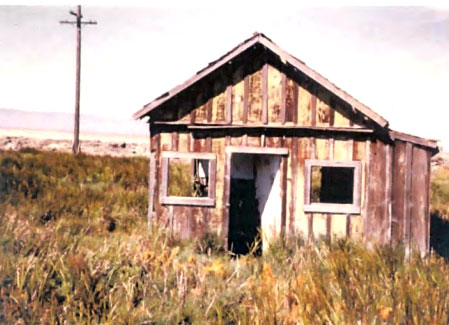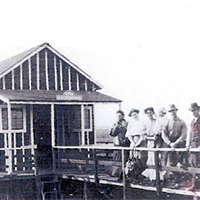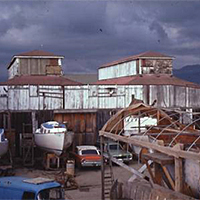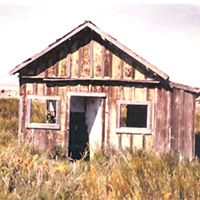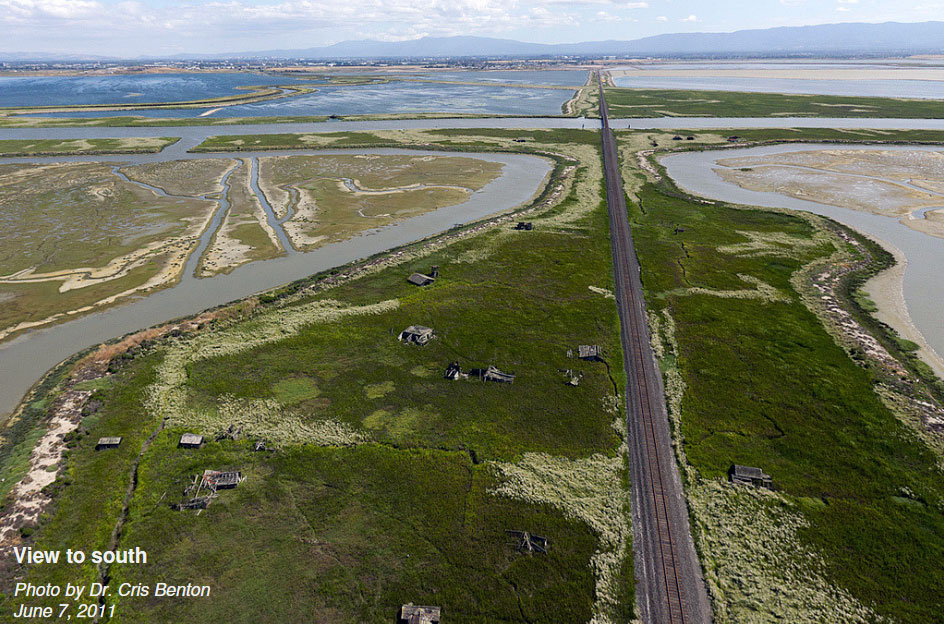Drawbridge, California
The Bay Area's Only Ghost Town
Located in the Don Edwards Wetlands

Drawbridge is located north of Alviso and unaccessible by trails. It is not a place where you can visit; it is illegal to trespass on the land and is punishable by a citation and possibly a night in jail. It is visible from Coyote Creek/Warm Springs trail, currently closed for construction as of this writing, but it is part of a trail upgrade program to offer future viewing from a safe distance.
